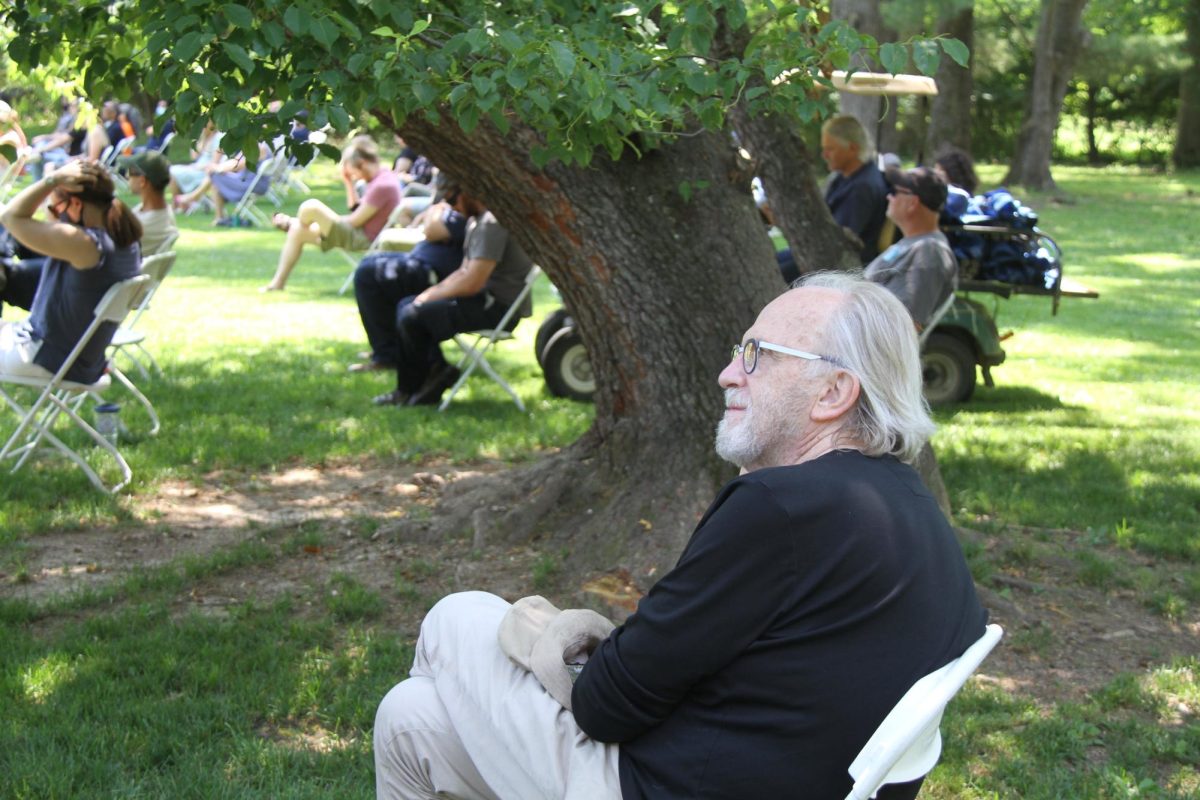The COVID-19 Vaccine: On the Horizon

Though there are many vaccines in the making, it doesn’t look like any will be readily available until midway through 2021. (Image/Madeline Chia ’21)
September 29, 2020
The last pandemic in modern history was the 2009 H1N1 influenza virus. With over 60 million cases and 12,469 deaths in the USA, it pales in comparison to the current Sars-CoV-2 epidemic. Known more widely as COVID-19 and the coronavirus, Sars-CoV-2 has only about 7 million total cases so far, but a death toll 20 times higher than H1N1 in the United States. Worldwide, the death count is just shy of a million, with a case count of over 30 million, an amount nearly triple the population of Greece. With such a staggering number of cases, and a worryingly high death rate, the question is often asked, When are we getting a vaccine? Unfortunately, not soon.
Current estimates by the World Health Organization (WHO) claim that a vaccine won’t be readily available until mid-2021. Surprisingly, this is actually record pace, with most vaccines often taking years, or even decades, to develop. It took 18 years of labor before a Typhoid Fever vaccine was made publicly available, and nearly two decades of work for a Yellow Fever vaccine to be created. In general, there are four phases a vaccine must go through to be approved for public use: Pre-clinical, Phase 1, Phase 2 and Phase 3. Pre-clinical consists of non-human testing of the vaccine to detect any adverse effects. While the process is somewhat morally dubious, it has undeniably saved many human lives. Phase 1 involves testing the vaccine on a small group of humans, in order to learn more about whether the vaccine is generally safe for human use. Phase 2 then tests the vaccine on hundreds of people, to help generate data on safety and dosage sizes. Phase 3, the final phase, has the vaccine tested on comparatively massive groups of people, within the thousands, in order to confirm the effectiveness of the vaccine and test for any rare, unwanted side effects. As of right now, there are 142 vaccines currently in pre-clinical, 29 in phase 1, 18 in phase 2, and 9 in phase 3, with none having successfully completed phase 3 and becoming approved yet.
So, what does that mean for us? As Head of School Paul Stellato put it, “There’s no way to know without a crystal ball. Perhaps our country had an opportunity early on to stop this virus in its tracks.” Either way, Mr. Stellato emphasized that “STUDENTS NEED TO WEAR MASKS!” The coronavirus is too unpredictable to make any safe claims about what life will look like months, much less years, from now. Upper School Biology Teacher Kelly Grosskurth added, “The only way realistically for the pandemic to end is for a vaccine to be developed and for people to properly wear masks.”
Right now, the vaccine is more than six months away with the pandemic still running rampant. While it’s true that the virus has died down in severity, that’s in part due to the measures we’ve taken to stop it. This is no time to loosen up, to cut security, or to abandon social distancing. Stay safe, and wear a mask. Until a vaccine is approved, that’s all you can do.





